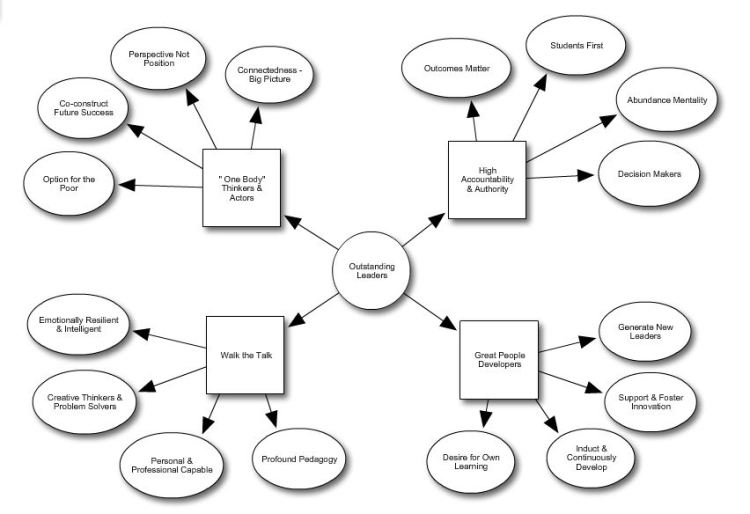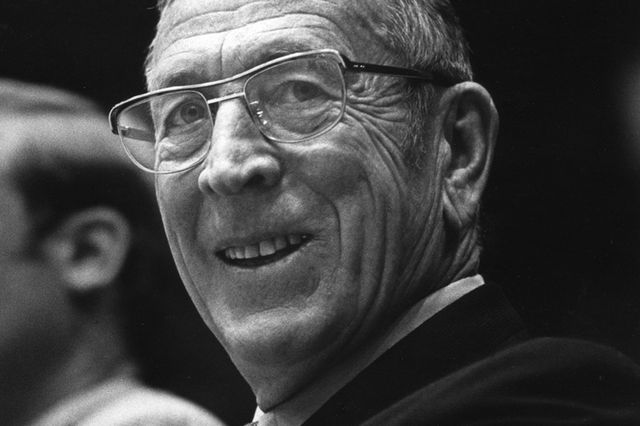I have been asked a substantial, meaningful and hearty question in a meeting recently that I declined to answer promptly. The question was simply too big. Too big to be answered by just one person. Too big to be answered in isolation. Too big to answered by a static answer – in that the response will inevitably by drawn from a number of fluctuating components.
Therefore the value of investing and thinking about this questions is redeemed by that very process rather than in securing an quick answer.
Questions
What does outstanding leadership look like? It is a question I think about a great deal. I answer that looks different in various contexts and at different points in your career.
Renowned Canadian computer scientist, most noted for his work on artificial neural networks, Yoshua Bengio has shared his approach to “productive thought.” I am no Yoshua Bengio, however I have given the question my deepest concentration. I used many a morning run to think deeply about it, from different perspectives, if from an education perspective.
Letting all the different components “fill my mind,” returning to my desk to add, maybe a solitary thought or addition to my model. I am now trying to communicate that thinking and that model, in an effort to “clean it up.” Again, no cataclysmic, eureka moment. Instead, hard, patient and deliberate thinking only for Stephen Tierney to nip in ahead of me.

Drawing a schematic serves a number of noble purposes. It captures the design of something complex and in an unambiguous way, allows you to share your thought-designs with others. I find these schematic more illustrative than a group of listed components as it starts to draw together the inter-connectedness of the various components. It also allow or infers that these inter-connections are fluid. Influences rather than anchors. That said, I recognise the trade-off between accuracy and simplicity.
What makes a model more valuable is not how accurate it is – any model can be made more accurate by making more complex – but rather the trade-off between simplicity and power.
Dylan Wiliam
My response to the question is largely borrowed from former Redbridge Community School, Southampton (visited in 2010), Head Teacher and former CEO of King Group Academies, Richard Schofield. For context, Redbridge Community School rated ‘Outstanding’ in four consecutive inspections, oversubscribed, with low staff turnover served a deprived catchment area, with high levels of crime and low aspiration.
My response owes much to a informal conversation over dinner between Richard, myself and two aspiring school leaders. In a plain, straightforward, non-nonsense, statement, Richard reported that leading an Outstanding schools was simple.
Making sure you have simple, clear Systems and Processes, so teachers don’t waste their time and can focus on their teaching. Set the expectations and build them. A school that can not put out a football team hasn’t got it right. High expectations, at all times. High quality teaching, learning and assessment. [Richard’s emphasis]. Unpinned by consistency. There – it really is that simple.
Richard Scofield
And that was that. He moved the conversation on. I can remember getting to the car about an hour later, grabbing the first piece of scrap paper I could find and mapping it out. The only addition was that I add assessment to ‘Teaching and Learning.’ On that, I am confident it was a positive inclusion. I worked to that diagram or model for the next two years, one as Vice Principal and my first year of Headship and to be clear, it applies as well to a Department brief, as it does a school. Governors, staff, parents, all get it.

Two further years of Headship and I had my own experiences to reflect upon. I added some minor sub-text to staffing (as this was one of the main hurdles I had to overcome). To consistency I added ‘planned communication’ on the left, which itself aids consistency. I wrestled with which should come first for quite some time. I added Instructional Coaching and Professional Development, as you can not mandate “high quality” anything, and I wanted to respect Richard’s verbal emphasis on ‘High quality teaching and learning.‘
“Served by leaders,” reflected my evolving view of leadership and “Empowered through Trust” as without trust, little can be sustained and few will leap. The bottom line is about Staff – relationships and expectations. Creating a climate and develop capacity, so that a school will thrive, and survive, when the leadership changes. The tree is thoughtfully placed, the roots aligned with service and trust. The trunk, aligned with the underpinning structures, the crown aligned with the top three boxes.

What does outstanding leadership look like?
The response should include both a short term and long term answer. In the short term, outstanding leadership creates a sense of belonging and values respect. It tempts aspiration and provides for achievement (both academic attainment and progress and wider achievement). In the long term answer, outstanding leadership offers all this plus fortitude and sustainability.
There is one final and very important point. The diagram is just a schematic – a way to simplify a complex response, a way to share and illustrate hours of debate and thinking. Make no mistake is there no one answer. Sometimes complex questions require complex responses and I admit that mine is still part baked. Here goes… something.
What does outstanding leadership look like?
Schools, as with any organisation, are complex and dynamic, both stable and unstable. Outstanding leaders knows this and are able to operate with a high toleration of uncertainty. They are able to make the most of the complex responsive processes of relating to one another, of the resources available, including the unintended and the ambiguous.
Outstanding leaders know that:
Leaders are in charge but not always in control.
Chris Mowles
Outstanding leaders benefit from being self aware, observant and astute.
Outstanding leaders have presence and are present, they notice what’s going on, and know and consider their influence upon any given situation. They are self-aware. Know thy impact.
Outstanding leaders pay attention to the patterns that are emerging and are sensitive to the continuously fluctuating balance of power (ascribed or not) between themselves and other staff, and between staff.
Outstanding leaders are exemplary communicators. They can articulate, negotiate, persuade and inspire. They listen, receive and validate feedback. Constructive dissent is valued, if not encouraged.
Leadership is a complex, ensembled performance. Through that performance, they offer others an indefinable assurance.
Like many aspiring leads, I have read widely about leaders and leadership. As a sports coach, a lot of that reading focused on successful teams and their coaches or managers. When asked, which sports leader resonated the most with my thoughts on leadership outline above, from what I have read, I would probably have to respond with John Wooden.


